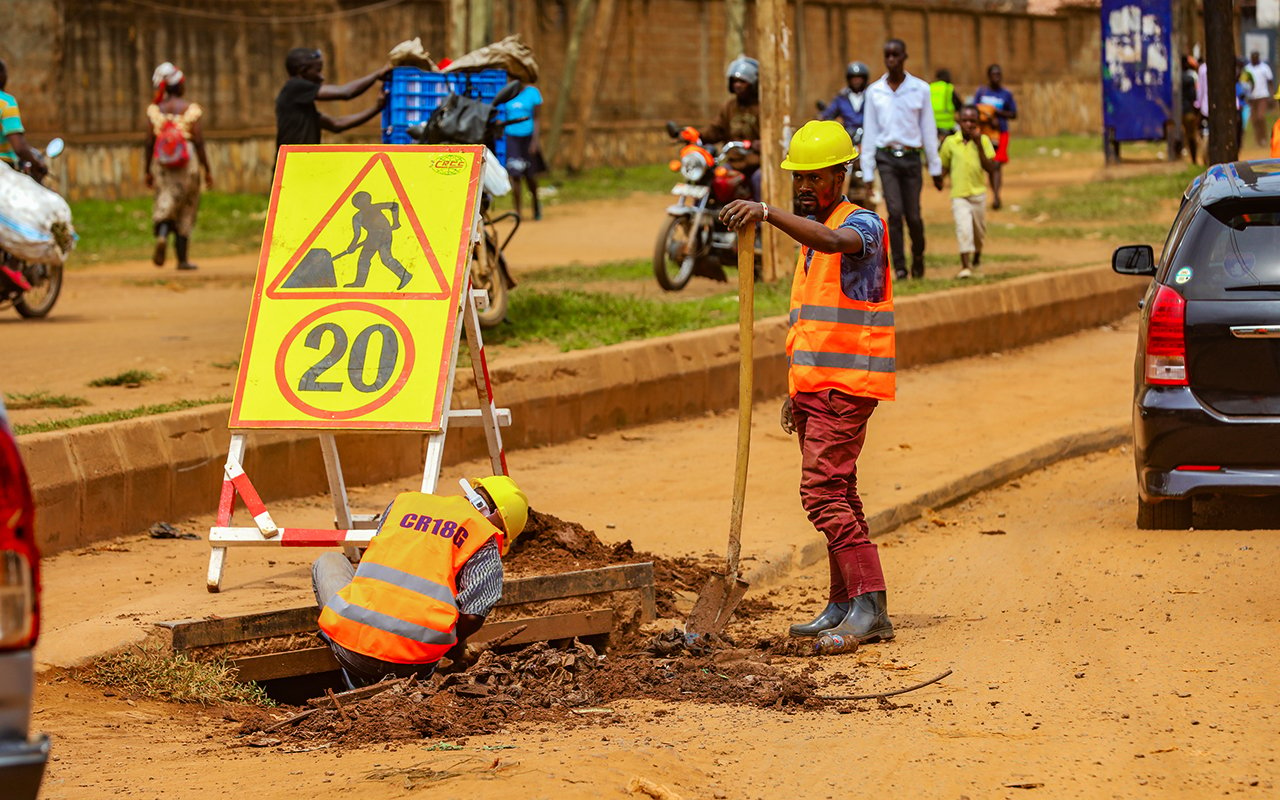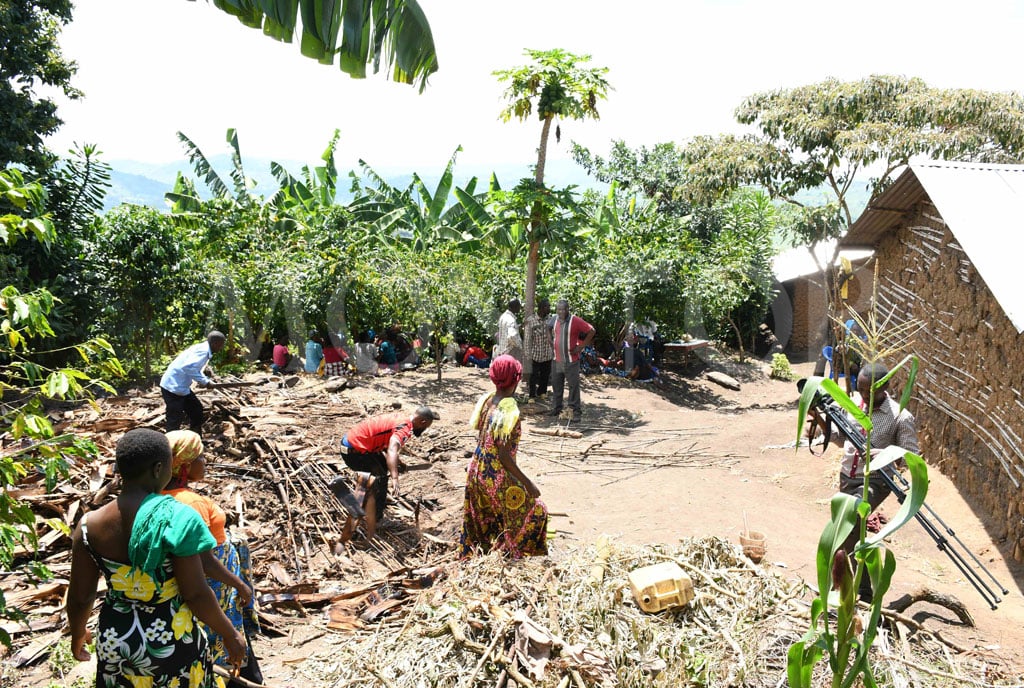Integrate walkways, cycle lanes in new road designs

What you need to know:
- The issue: New road designs.
- Our view: The provision of pedestrian walkways and separate lanes for cyclists in all road designs should be a prerequisite to the award of a contract for any roadworks in Uganda.
The latest crime report issued by the Uganda Police Force (UPF) earlier this year revealed that 4,806 people were killed in accidents on our roads in 2023. Pedestrians and boda boda riders emerged as the biggest number of fatalities.
A breakdown of the numbers indicated that pedestrians constituted 37 percent of the fatalities while motorcyclists and pedal cyclists accounted for up to 45 percent of the accidents. It was, however, disturbing that 72 percent of the pedestrian fatalities had been knocked while crossing the roads or simply walking on the roads.
This points to a big conflict between motorists, pedestrians and cyclists as they jostle for space on our often very narrow roads. The statistics call for expeditious strategic interventions on the part of policy makers and planners to eliminate this conflict that is proving so costly in terms of human lives.
One of the solutions should be the adoption of road designs that allow for increased travel by walking and cycling in a not only sustainable, but safe manner.
The Uganda National Roads Authority (Unra), the Uganda Road Fund (URF) and the Ministry of Works and Transport should borrow a leaf from the standards set under the Building Control Act, 2013, and the National Physical Accessibility Standards, both of which stipulate that no physical plan for a new structure can be approved if the building does not provide ramps to facilitate easy access by persons with disabilities. (PWDs).
The provision of pedestrian walkways and separate lanes for cyclists in all road designs should be a prerequisite to the award of a contract for any roadworks in Uganda. That should come along with stiff penalties for motorists who veer onto walkways, lanes designed for cyclists and those that drive on road shoulders.
Those measures should come with immense benefits. They should not only contribute to the transformation of the non-motorised transport system in Uganda, but will also help in reducing the number of fatalities suffered on our roads, and also help as the country battles climate change and the recent sharp rise in the number of people suffering from communicable disease.
Walking and cycling are not only healthy physical activities, but they can also help in causing a reduction in the amounts of carbon emissions released into the atmosphere at a time when climate change is a real and present danger.




